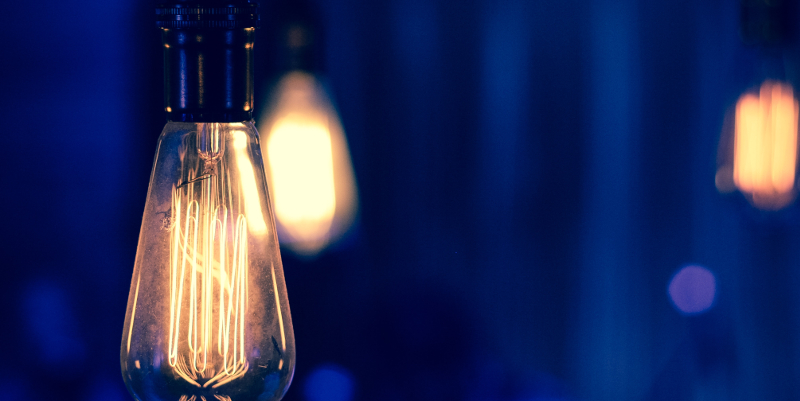The international Digital Innovators Summit took place recently in Berlin. A colorful patchwork of speakers from major publishers, startups and creativity researchers drew sketches of possible future scenarios, as they discussed the latest trends in print and digital content, 3D-printing, Big Data, Social Media, native advertising, mobile, wearables and Virtual Reality.
A new medium is rising among us – or, depending on your viewpoint, it already has. “Virtual Reality” (VR) is ready for the market. Based on the creativity of the young American Palmer Luckey, and through the ideas of the German computer scientist Stefan Welker and many others, various cheap “VR goggles” are currently available for prime time. The simplest “glasses”, exemplifying the basic principles are there in Google Cardboards, which were launched in June 2014. Here, all you need is a cardboard box, two lenses and your smartphone and there you go. There are already several smartphone apps that provide movies and games, giving you “reality” or “as they are meant to be seen” as the pundits say. With a magnet attached to the cardboard you can partially control the app and the buttons of your phone. You can ride a roller coaster, fly over Iceland`s volcanos, canyons and waterfalls, or travel to any number of the world’s great cities: You can look around and be swept away. It’s so realistic, that my colleagues testing it in the office, crashed into the wall.
Of course there are more professional looking devices – and lots of products competing for market share: Oculus Rift (founded by Palmer Luckey, and bought by Facebook for $ 2 billion dollars), Samsung Gear VR and Sony’s “Project Morpheus” just to name a few examples. Google and Apple have applied for patents, too.
Technically, the principle is quite simple: The lenses ensure that the picture covers all of the field of vision (subjectively of course) and the position sensor in the smartphone provides information about the direction the user is turning his head (head tracking). Now, the only other thing you need is a 360° camera (well, those are still hard to come by but they are working on it) and an app that provides a separate image for the left and the right eye. Since December, Google has offered a “Street View” of a number of selected locations in this format.
Since I was a teenager, I have been telling anyone who would listen, that I expect to experience the Star Trek holodeck in my life time – and today there isn’t much separating us from that vision anymore. Let’s be honest: by definition it should give us the touch, taste and smell of reality too (After all, if I’m going to drink virtual wine I should be able to smell and taste the real stuff, and ideally a fine vintage should materialize right in front of me), but what is offered here is actually pretty good. There’s no better way totravel the world if you’re stuck in a hospital bed for sure! It’s kinda fun to fly over Icelandic volcanoes!
So the new medium is here, and book publishers need to jump on it and buy the VR rights for good, bestselling content.
And while we’re on the subject of “materialization”, I should mention 3D printers, also addressed in the Digital Innovators Summit: Shane Wall, CTO of Hewlett Packard presented his very tangible vision.
3D printing was invented in 1983 by the American Chuck Hull. Now, there are plenty of methods for manufacturing real things based on a 3D computer drawing (CAD – Computer Aided Design). Originally, plastics or synthetic resins were used, but today, metals can be melted with laser or electron beams, polymers and ceramic can be sintered by laser beams, and liquid resins can be hardened by light, etc. For a long time it was possible to utilize only one material, but now several materials can be used simultaneously.
All current methods are very time consuming because each “voxel” (a 3D pixel) needs to be plotted one after the other. This way each layer is created voxel-by-voxel, then layer by layer until a real object is formed.
Shane Wall briefly reported on the HP Multi Jet Fusion – a kind of 3D copier that HP released to the public last fall, which can print a whole layer per printing process. He presented his vision of work pieces that have different properties for each voxel – from color or shape to elasticity. He used the example of a multi-colored objects, but there is a lot more coming as you can imagine. The day when we can build a microwave oven capable of printing us a tender fried steak with steamed potatoes and beans, is no longer that far away.
Photo by Kendall Ruth on Unsplash
The knk blog team fills the knk blog with content, new posts and replies to comments.
We welcome your comments!

Leave A Comment